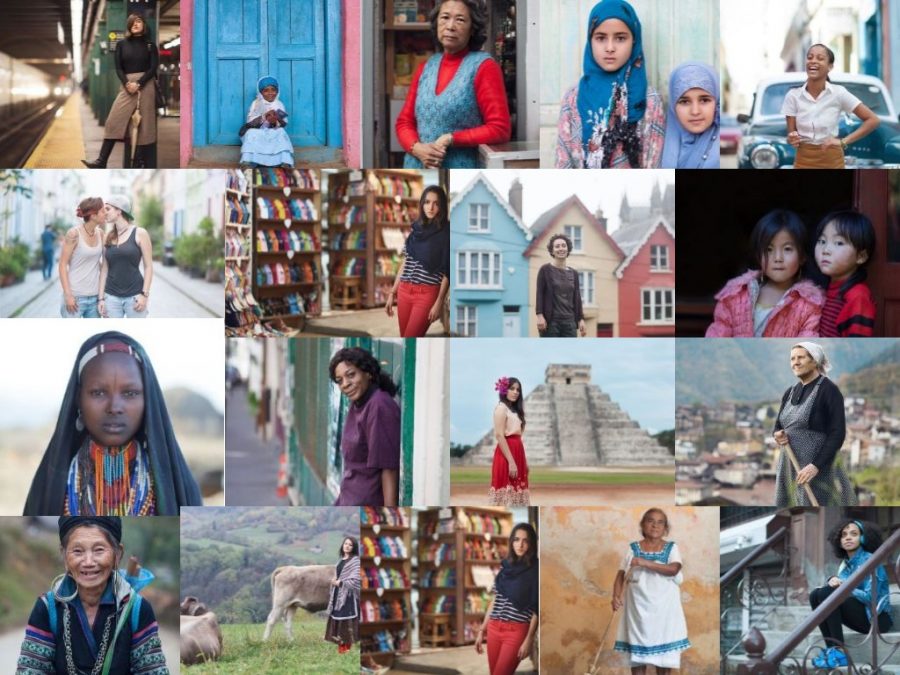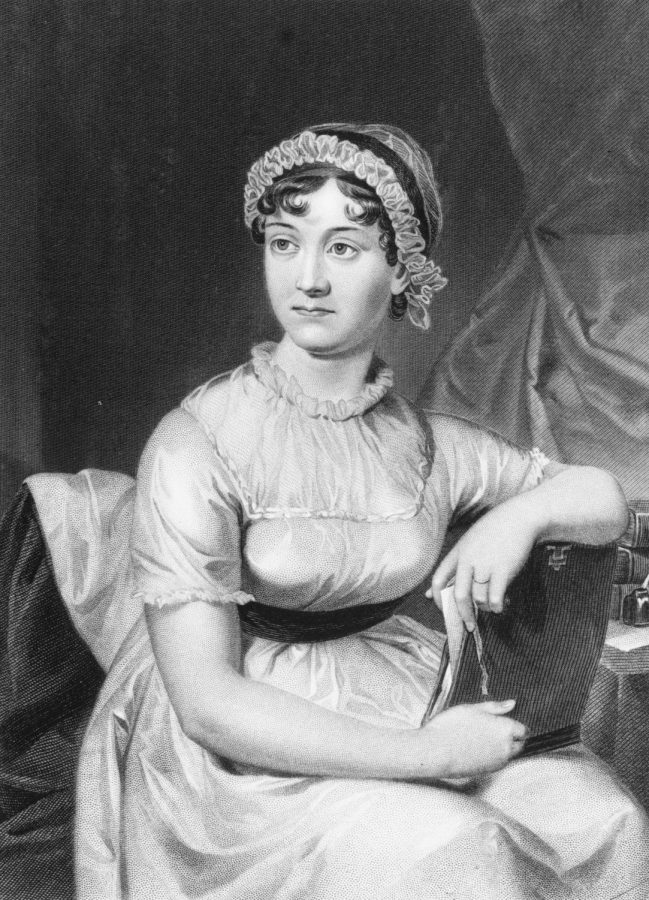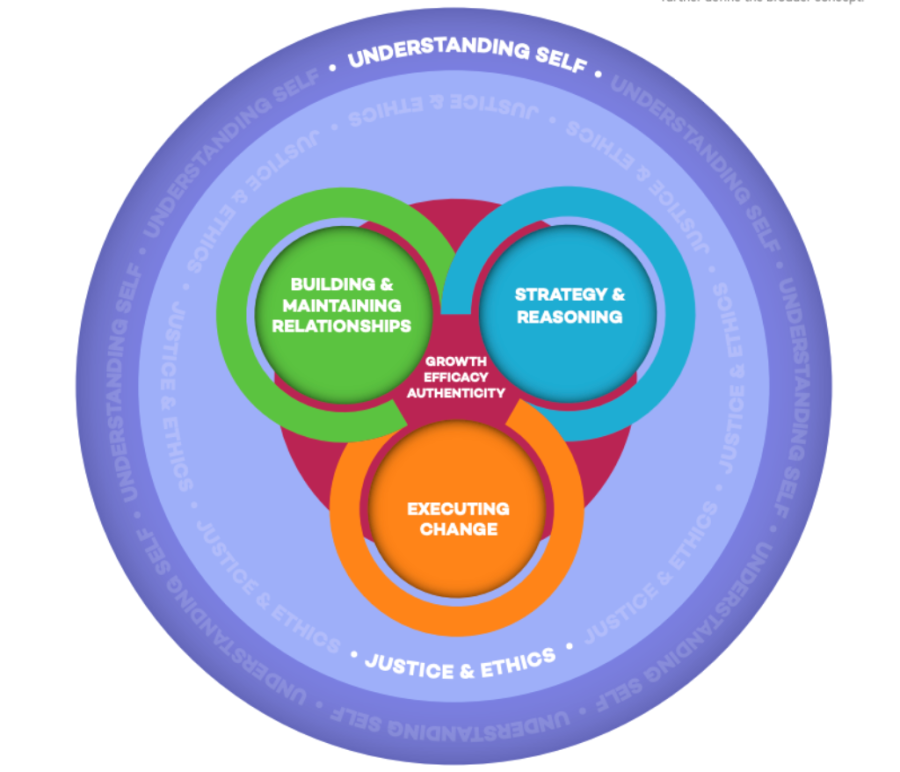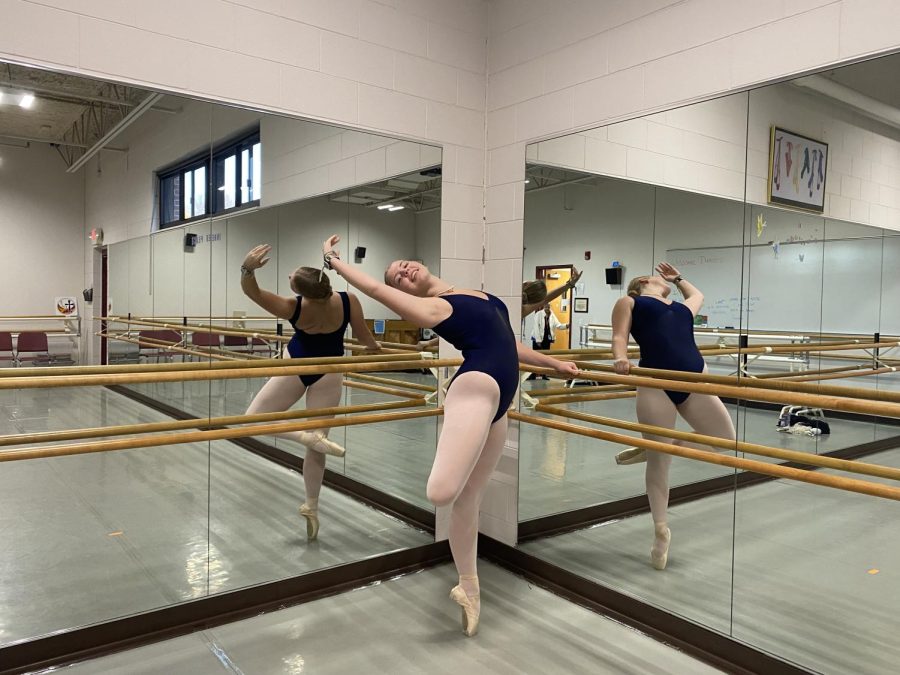Beauty is entirely subjective. What one person finds beautiful is derived from the cultural norm of beauty, and not often do someone’s perceptions deviate from these popular opinions. Beauty is dependent of the cultural context; what might be considered beautiful in one country could be ill-favored in another.
Weight is a perfect example. In the United States, the media promotes that thin is beautiful. This message is hard to escape, as it is plastered on the front of magazine covers in the checkout lines of the grocery store; it looms above us on billboards at stoplights, and dances before us as we change the channels on our tv. Now, it is closer than ever, as it appears with the flick of our thumb as we scroll through our phones, checking Instagram, Twitter, Snapchat, and VSCO.
While thin is considered beautiful in the United States, this wasn’t always the case. Even now beauty standards are changing. Different types of bodies are becoming more accepted, or even favored, in the media, thus changing our own perceptions. While a slim, athletic figure was once the most coveted body type, a new trend favors a full figure with a tiny waist- a Kardashian-esque body. Going back further in time, Marilyn Monroe, the epitome of American beauty, was curvy, while the top supermodels today are thinner than ever before. Examining society’s changing definition of beauty throughout history only confirms that favored body types are as subject to change as fashion trends.
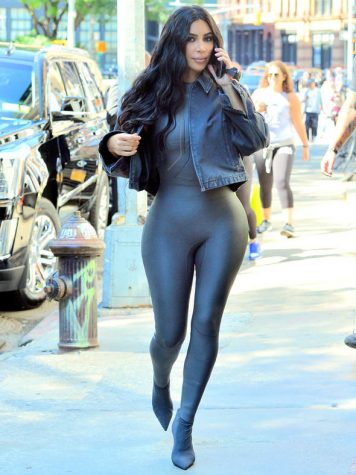
While the fabric of time influences what is considered beautiful, so does crossing oceans, or even country lines. In many countries today, fat is beautiful. Such pressure to be larger is apparent in many countries, including Mauritania. A mini documentary by Unreported World follows the lives of young Mauritanian girls as they journey towards womanhood. When describing Mauritania, the reporter says, “This is a society where a women’s biggest power is to be beautiful. And to be beautiful, you have to be fat.”
For the same reason women in medieval times purposely put on extra pounds, the Mauritanian girls are fed upwards of 9,000 calories a day to achieve their country’s standard of beauty. When asked why she participates in the feeding ritual, one young girl bluntly said, “When I am fat I will be beautiful.” In Mauritania, fat shows success and riches, and thus makes you more likely to secure a husband. In a country with lagging women’s rights, women rely on a husband to support them financially. Independence is virtually impossible for a woman in Mauritania’s patriarchal society. Many girls begin being force fed by the women of their family to gain as much weight as possible, often even before they undergo puberty. These girls are literally having beauty standards shoved down their throats, making tangible beauty ideals that they will pass on to their children by forcing them to partake in the same traditions. How can they tell right from wrong when these traditions are ingrained in them so young and are derived from a rich and longstanding history?

We may be quick to judge, but American society is no better. The mind is the most receptive in early adolescent years; in these formative years we are bombarded with all number of ideas, but especially with what we should look like. These ideals constantly invade our thoughts and minds; they aggress our cartoons and tv shows during commercial breaks, and later they flit past inches from our faces as we scroll through social media. An image of what is beautiful soon forms in our impressionable and young minds as we admire unrealistic bodies, often resultant of eating disorders or deceptive photoshopping techniques. Eating disorders have been glamorized by the media, and girls are starting diets younger than before. According to a survey from Common Sense Media, 80% of ten-year-old girls have been on a diet. By invading every aspect of our life, the media brainwashes us to believe that skinny is beautiful.
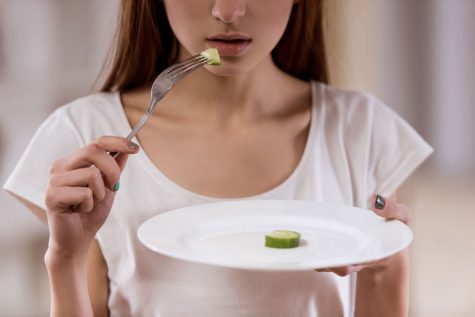
The United States and Mauritania represent opposite ends of the spectrum of beauty ideals, but they highlight a common theme in our society: beauty standards are completely relative, and therefore incredibly worthless. They are determined by corporations trying to sell us products we don’t need, promoted by the media which we are constantly attuned to, and resultant of sexist and outdated perceptions of what we should look like simply because of our gender.
In short, we are letting companies profit off of our insecurities, as they now determine what is and isn’t “beautiful.” Regardless of whether encouraging men and women alike to strive to be fat or skinny, societies across the world encourage women to put pressure on their bodies to look a certain way and conform to certain standards. When will we decide that healthy looks different for everyone?








